Railway industry turning to foreign investment
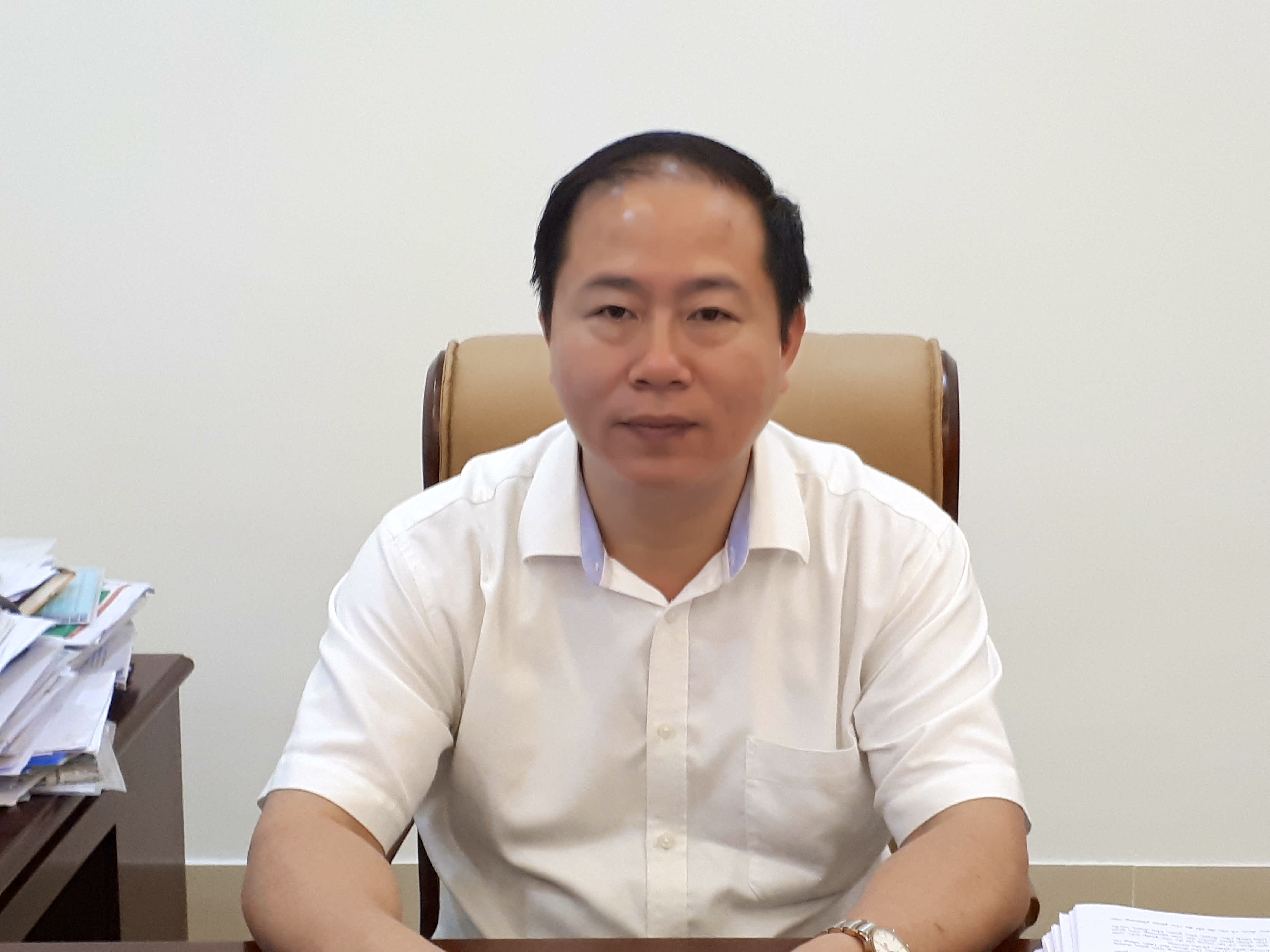 |
| Vu Anh Minh, chairman of Vietnam Railways, gave VIR a run-down on the prospects of foreign partners in the Vietnamese railway industry |
The railway industry is striving to increase operational efficiency and wants to attract more private investment for this. How can the industry accomplish this?
The railway industry is undergoing a comprehensive revamp with many major tasks ahead, including upgrading the current railway system to maximise its potential and preparing financial resources for the North-South high-speed railway project, which will be submitted to the National Assembly (NA) in 2018.
We want to boost co-operation with international groups working in consultancy services, the supply of spare parts, as well as finance and infrastructure development to realise our plans.
Particularly, we are calling for private and foreign investment in railway infrastructure, as well as loading and unloading facilities and equipment, a field we are still weak in.
Recently, Vietnam Railways (VNR) signed a co-operation agreement with Saigon Newport Corporation (SNC) to jointly develop railway infrastructure and logistics services, aiming to lower logistics costs and increase economic efficiency.
Initially, we will build two inland container depots (ICDs) at Song Than Station in the southern province of Binh Duong and at Dong Anh Station in Hanoi, while manufacturing new special railway carriages for container transportation. We are also seeking co-operation with influential companies to build more ICDs on the north-south railway network in the future.
Over the past years, foreign investment in the railway industry has remained modest. What can turn this trend? Which railway projects are attractive to investors?
Not only in Vietnam, but as a universal rule attracting foreign investment to the railway industry is a challenge.
In Vietnam, few foreign investors are interested in railway infrastructure or rail transport because of a lack of specified incentives and risk-sharing mechanisms between the state and investors.
I expect the situation will change with increasing attention from the state. In the past, state capital for railway infrastructure development also remained modest. From 2001 to 2010, it was only VND4.8 trillion ($218.18 million), making up 3.4 per cent of the country's total transport investment. From 2011 to 2015, the proportion was 2.3 per cent.
Recently, a number of foreign railway businesses have expressed interest in doing business with us. They included EVRAZ from Russia, the world's number one producer of rails, Russia Export Centre (REC) Group, and others.
Some railway routes, including Hanoi-Vinh, Vinh-Nha Trang, and Nha Trang-Ho Chi Minh City, are attractive to foreign investors. Others include upgrading Yen Vien-Lao Cai, the Ho Chi Minh City-Can Tho, and the Bien Hoa-Vung Tau lines. Potential projects at Hanoi and Giap Bat railway stations and a project linking Haiphong International Gateway Seaport to the network have also garnered interest.
Particularly the north-south high-speed railway project under the national railway development plan is now a magnet to US and Japanese investors.
The draft law to revise the 2005 Railway Law is expected to be adopted by the National Assembly in June 2017. What are the highlighted incentives in the law that will help leverage private investment in the industry?
Under the draft, the railway industry is proposed to be made a prioritised investment field. Individuals and companies operating in the sector are proposed to be exempted from land use fees for the development of national railway infrastructure, metro lines, specialised railway routes connecting to the national railway network, and railway facilities.
In addition, a series of investments to develop the national railway infrastructure and metro lines as well as purchasing means of railway transport, machinery, and equipment for railway maintenance will have access to loans at the most preferential interest rates from the state’s credit sources, along with government guarantees for loans in line with public debt management rules.
Businesses that specialise in trading in railway infrastructure and metro lines will also enjoy corporate income tax incentives in line with current rules. Additionally, individuals and units investing in developing the national railway infrastructure and metro lines will have all site clearance costs covered by the state.
With its growth potential and investors' budding interest, does VNR plan to seek strategic foreign partners?
We are now building criteria to seek strategic foreign partners for our Gia Lam and Di An subsidiaries who can help realise our plan to develop the Gia Lam and Di An locomotive workshops into some of the biggest facilities in the region.
VNR holds a 77.37 per cent stake in Gia Lam and an 86.85 per cent stake in Di An. If we find qualified partners, we can sell the majority and retain just 36 per cent of their chartered capital.
We are also seeking partners to provide locomotives and carriages to increase our operational capacity in the future.
What the stars mean:
★ Poor ★ ★ Promising ★★★ Good ★★★★ Very good ★★★★★ Exceptional
Latest News
More News
- Vietnam and Singapore to build legal framework for capital markets and digital assets (March 13, 2025 | 11:09)
- Wood exporters wary about surging tariff pressures (March 13, 2025 | 10:16)
- Pacifico Energy eyes major wind energy investments in Vietnam (March 13, 2025 | 10:14)
- Ho Chi Minh City looks to develop potential of Saigon River (March 12, 2025 | 13:34)
- Vietnam and Singapore to enhance economic connectivity (March 12, 2025 | 11:43)
- National Assembly Standing Committee approves 30 per cent land rent cut (March 11, 2025 | 16:25)
- Vietnamese corporations cooperating with Indonesian companies (March 11, 2025 | 11:44)
- VinFast supercharges EV growth in Indonesia (March 10, 2025 | 17:31)
- ofi Vietnam's commitment earns recognition at WEPs Awards (March 10, 2025 | 08:00)
- FDI flows to Ho Chi Minh City hit $365 million in first two months (March 07, 2025 | 17:42)





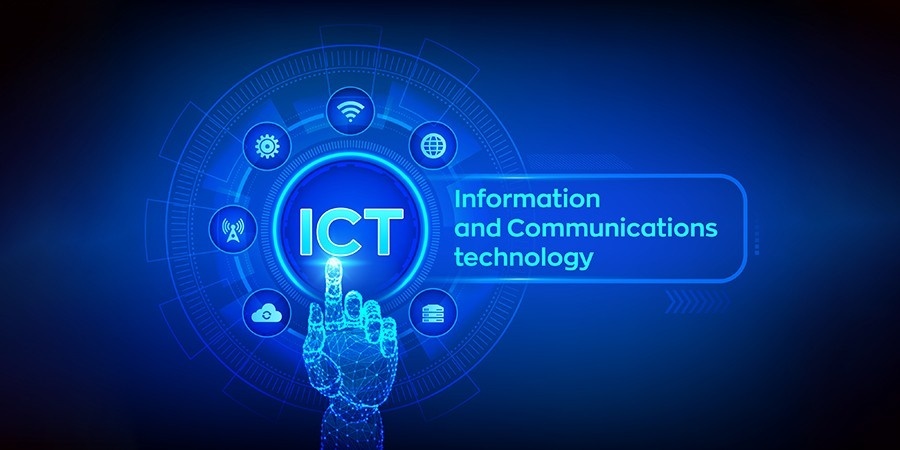

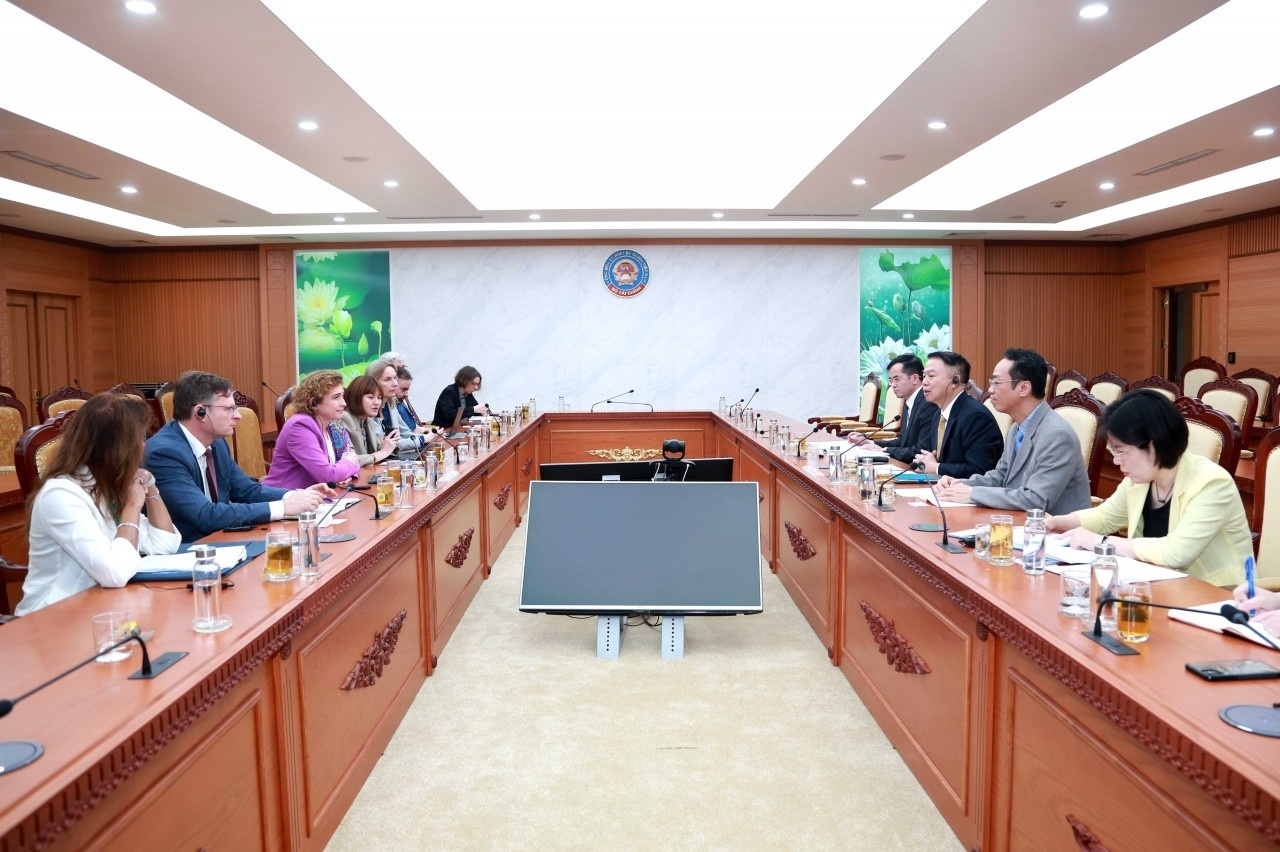



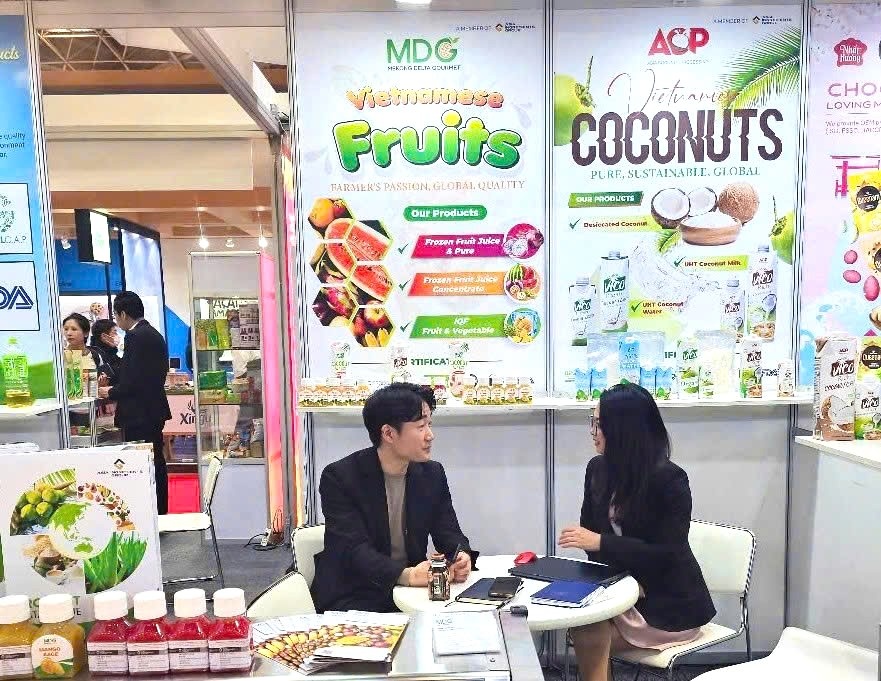
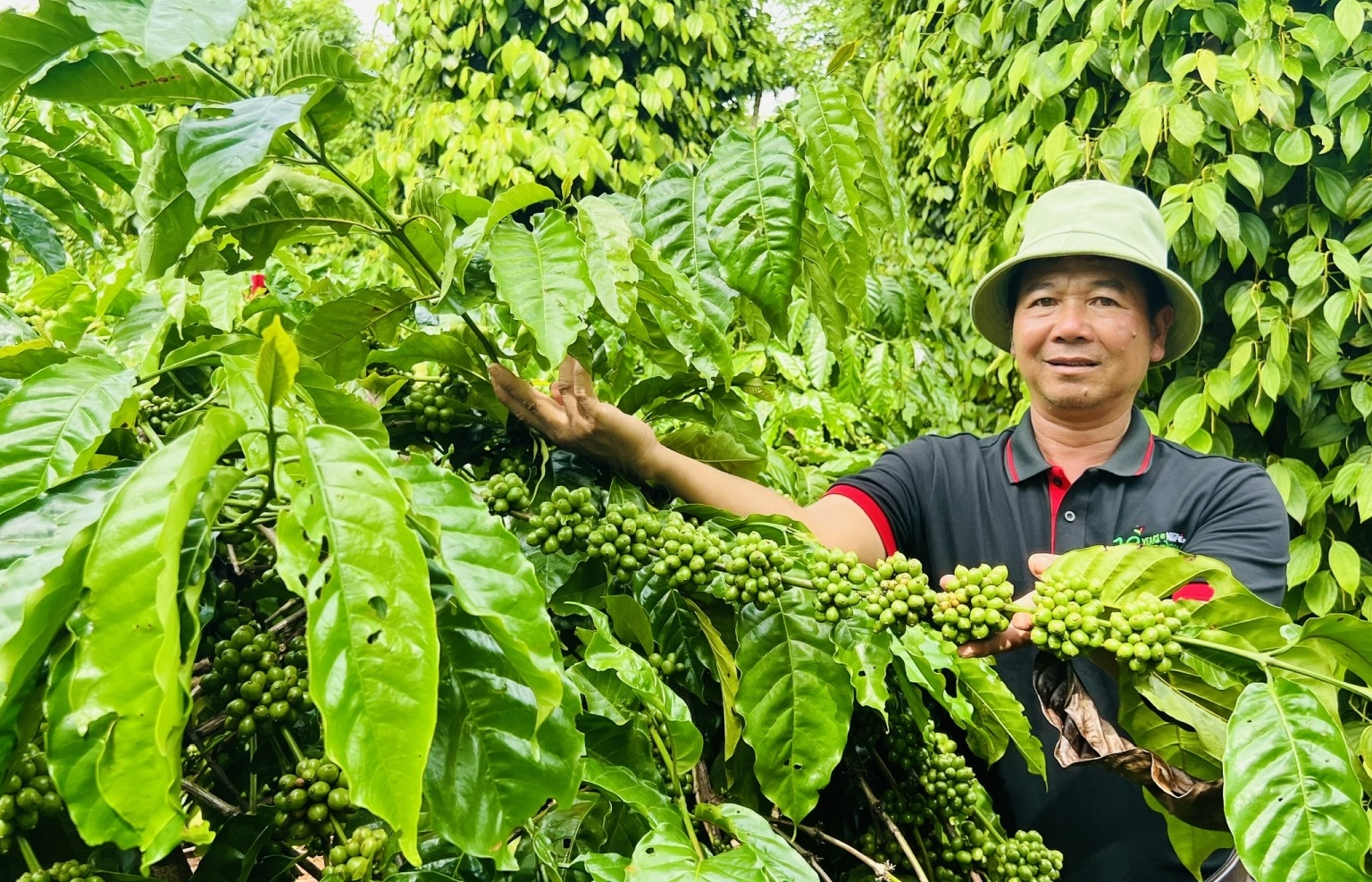




 Mobile Version
Mobile Version